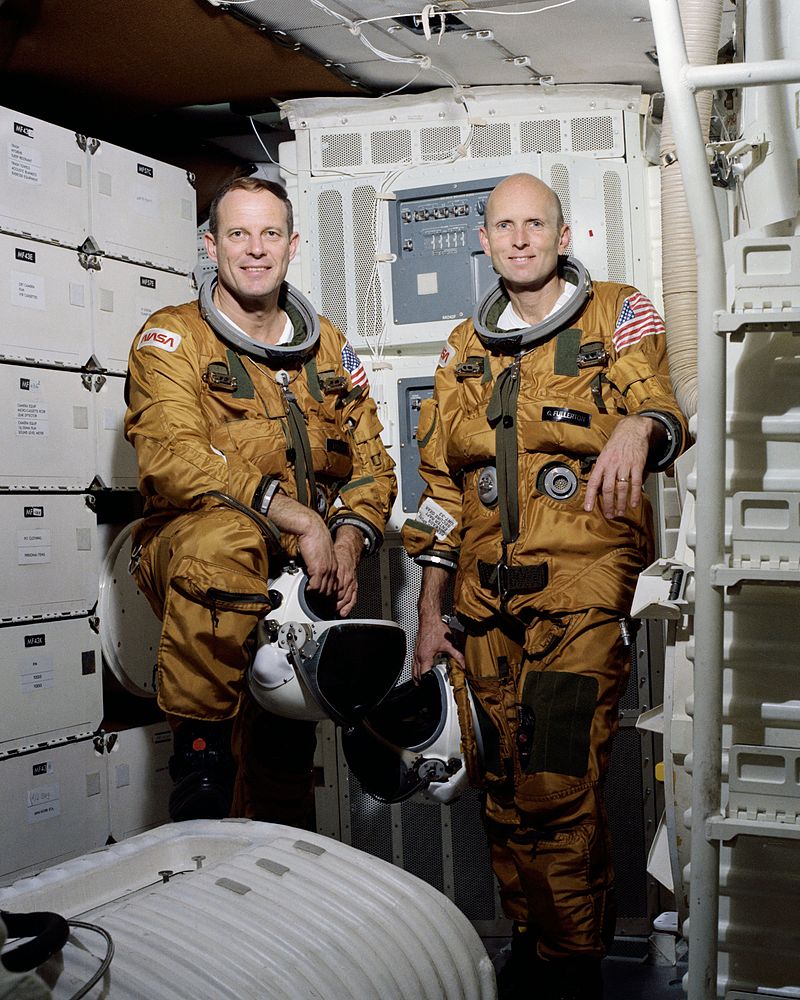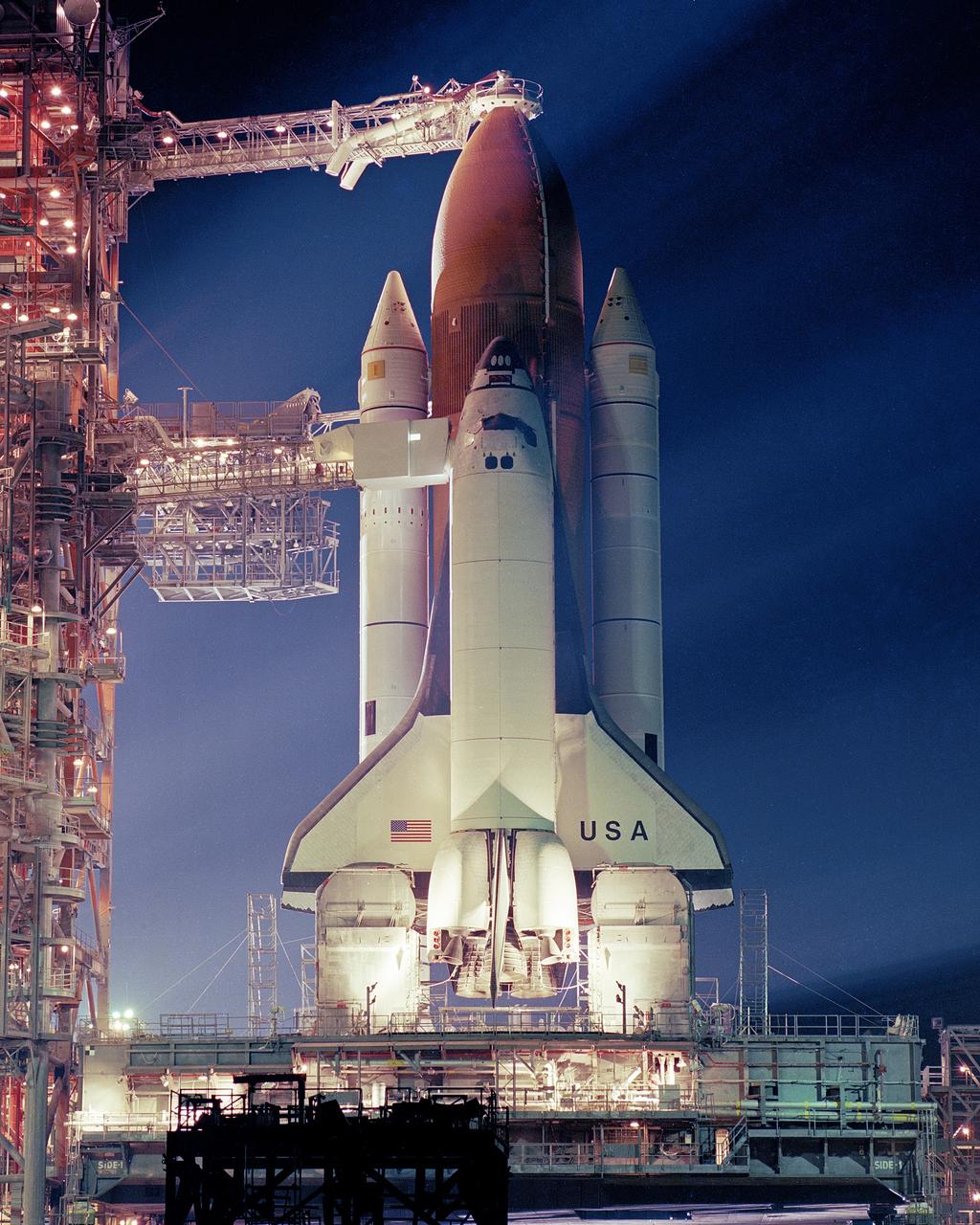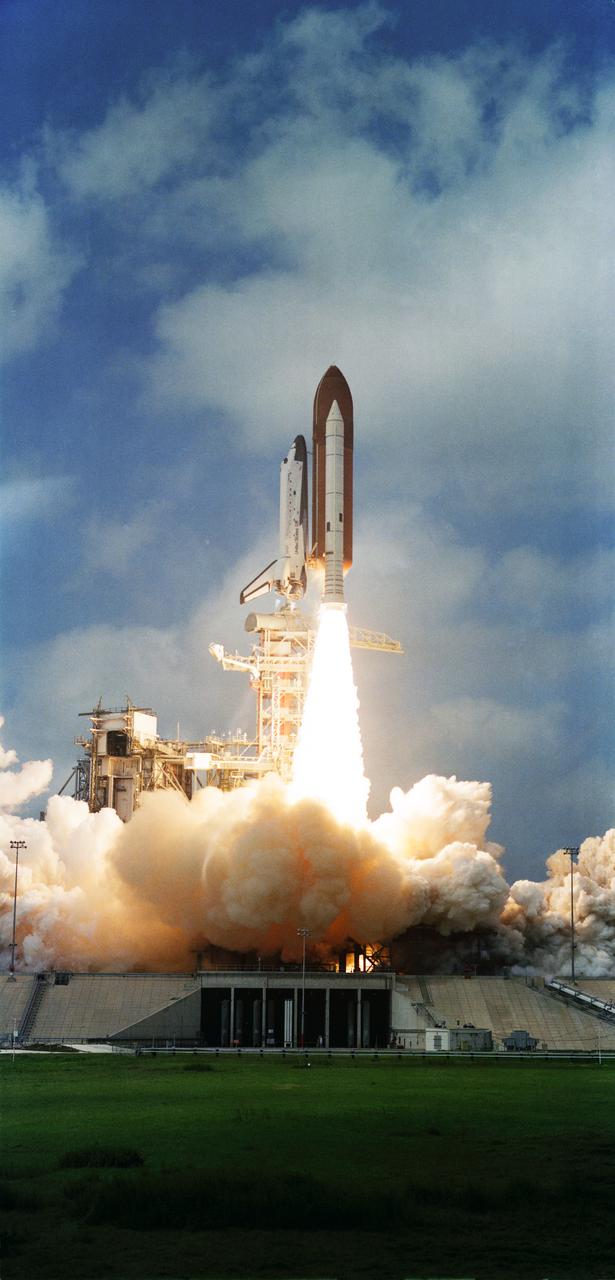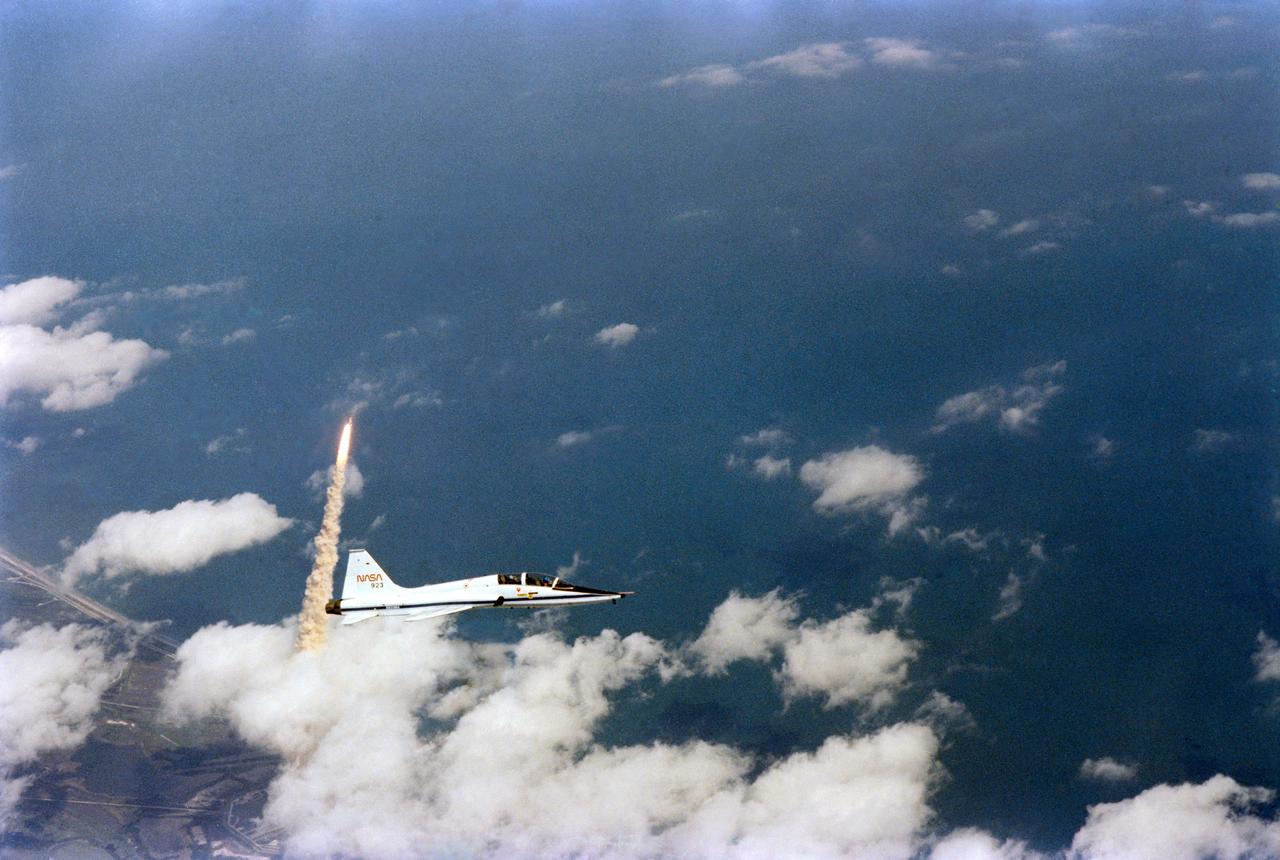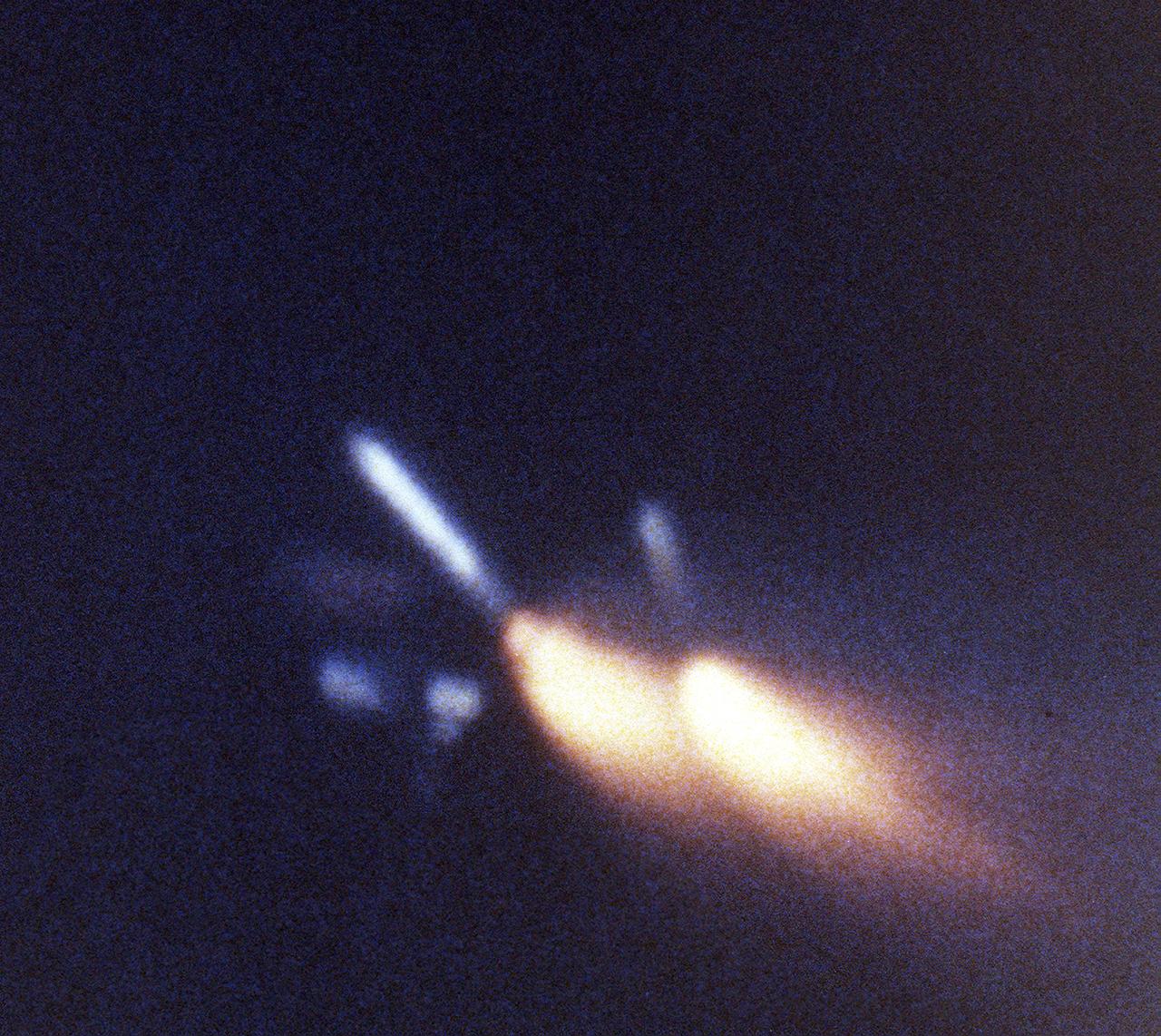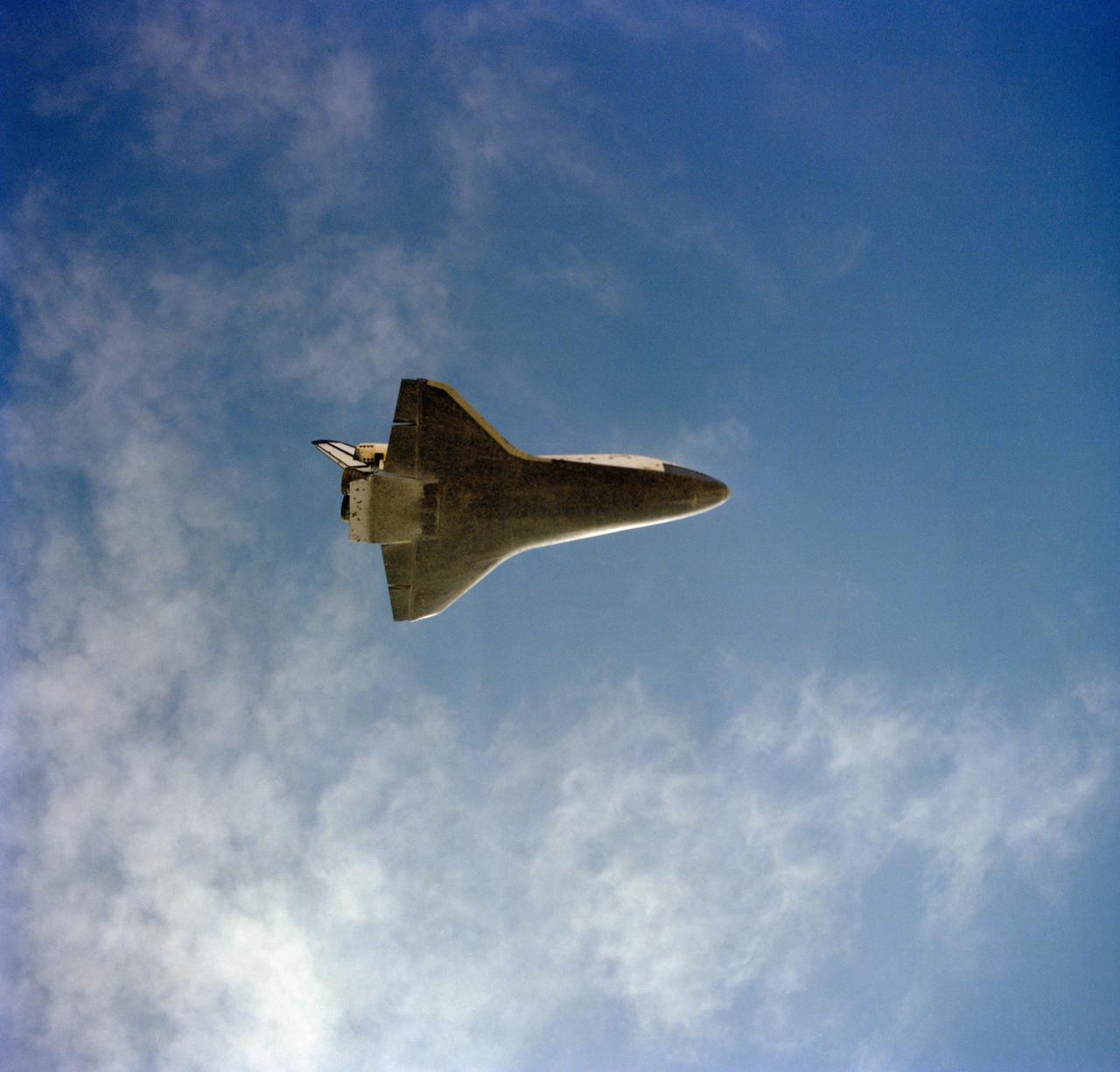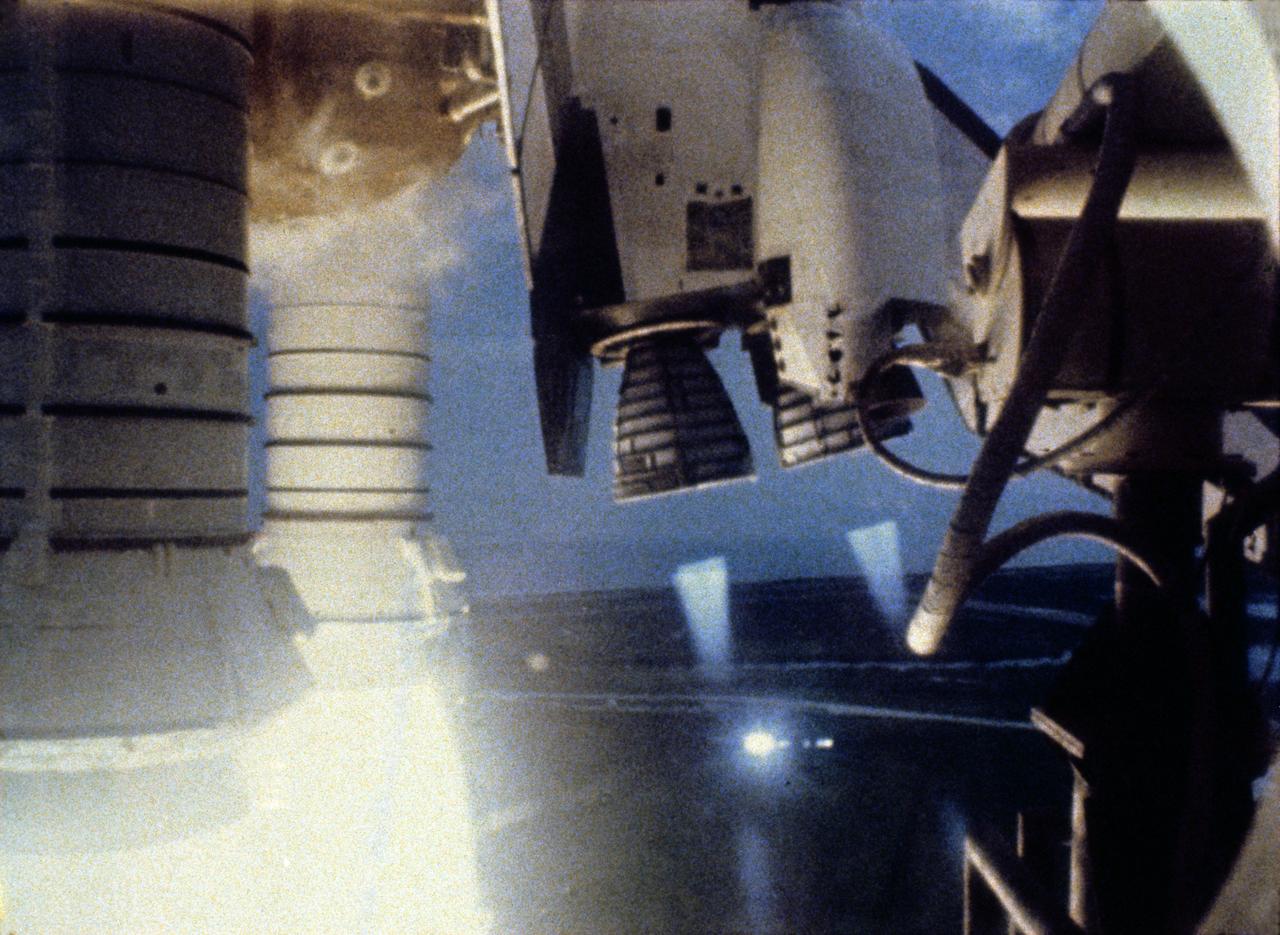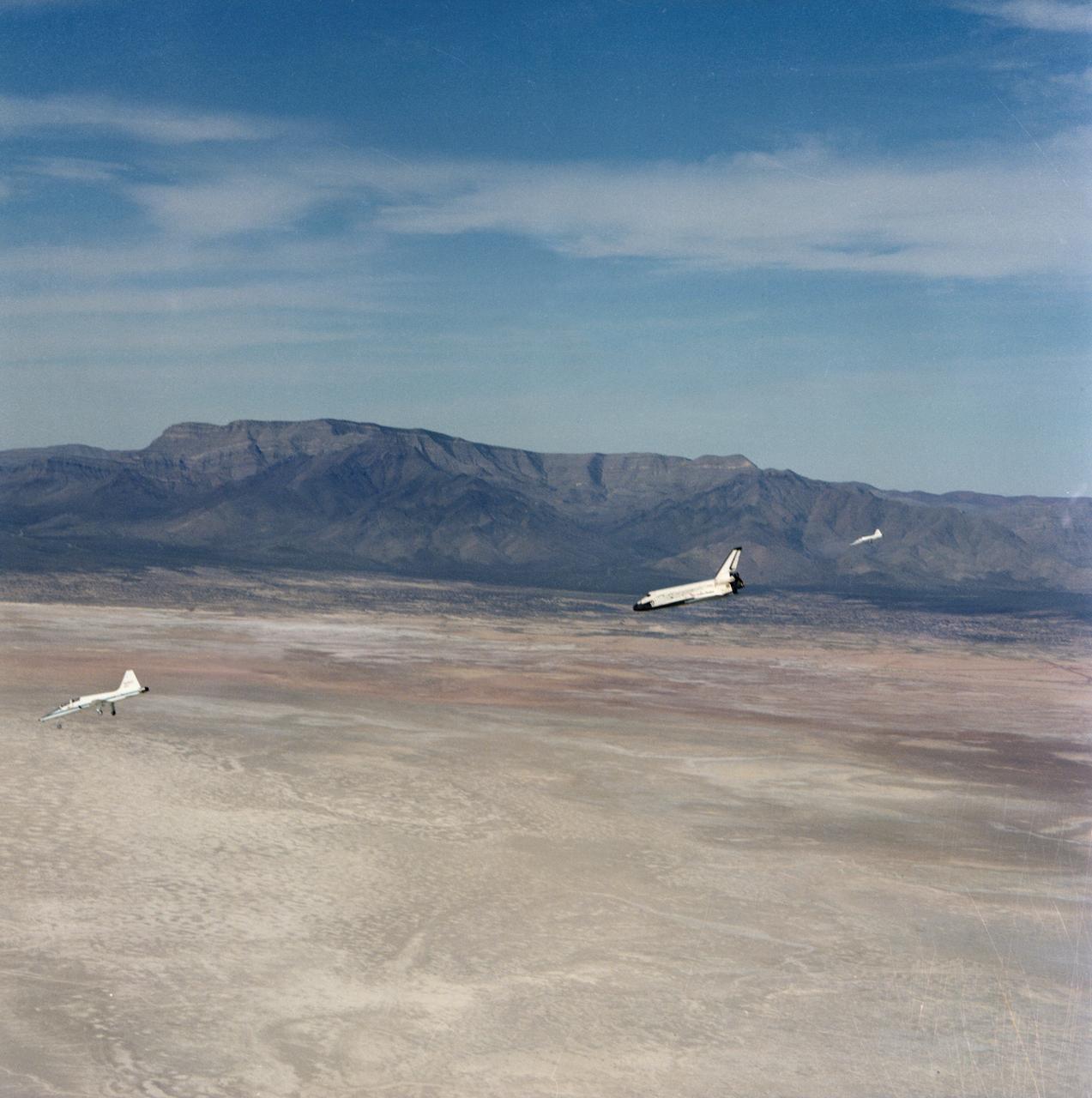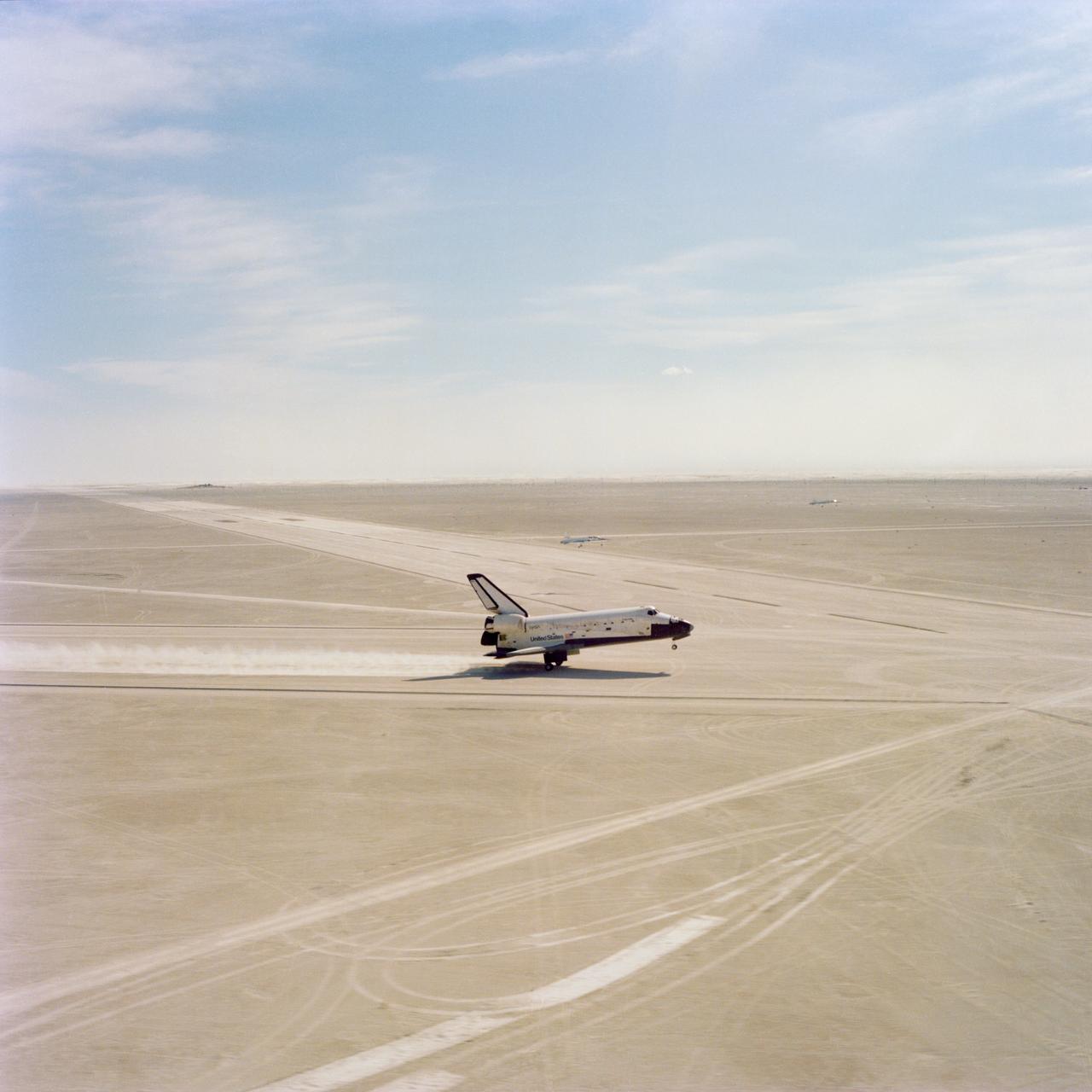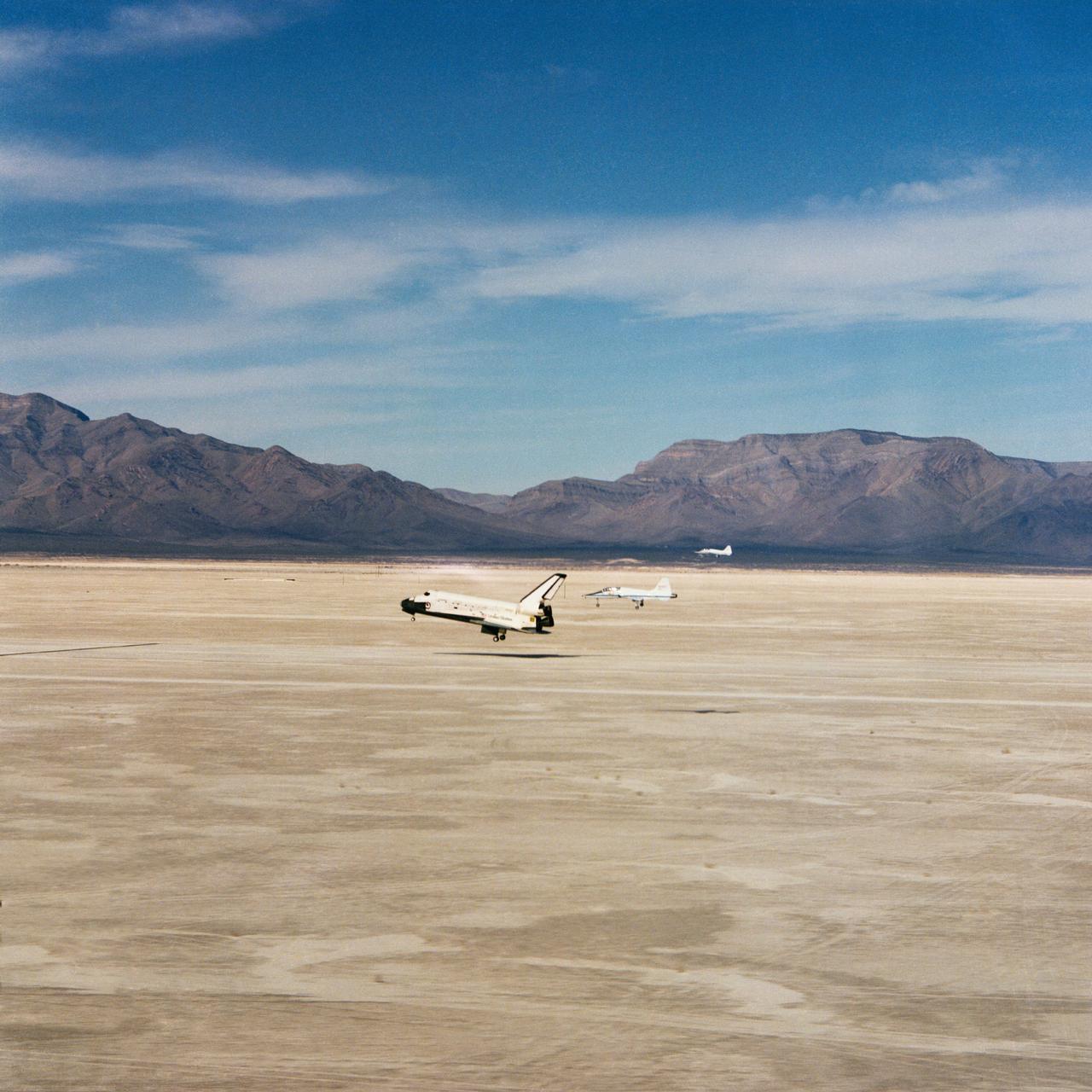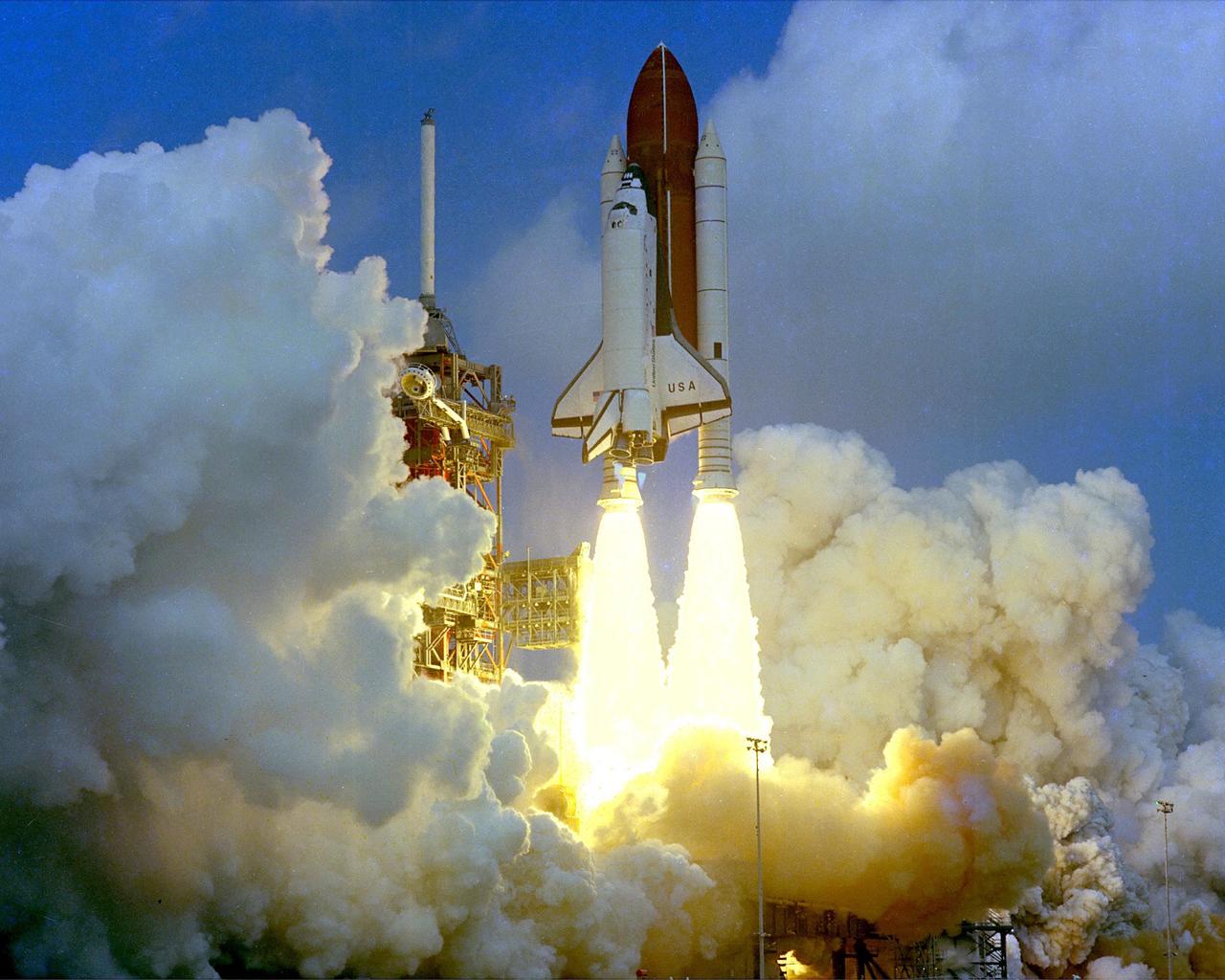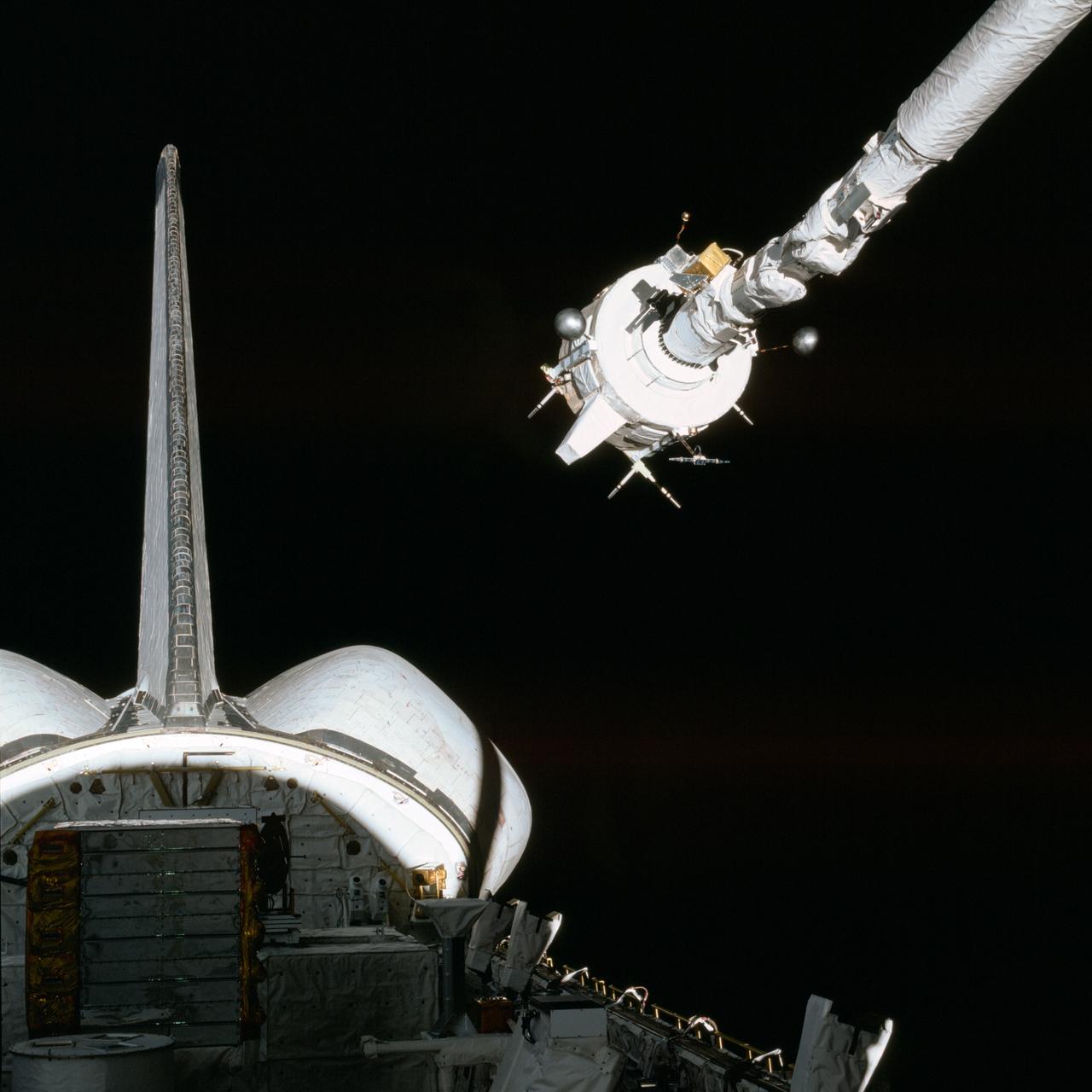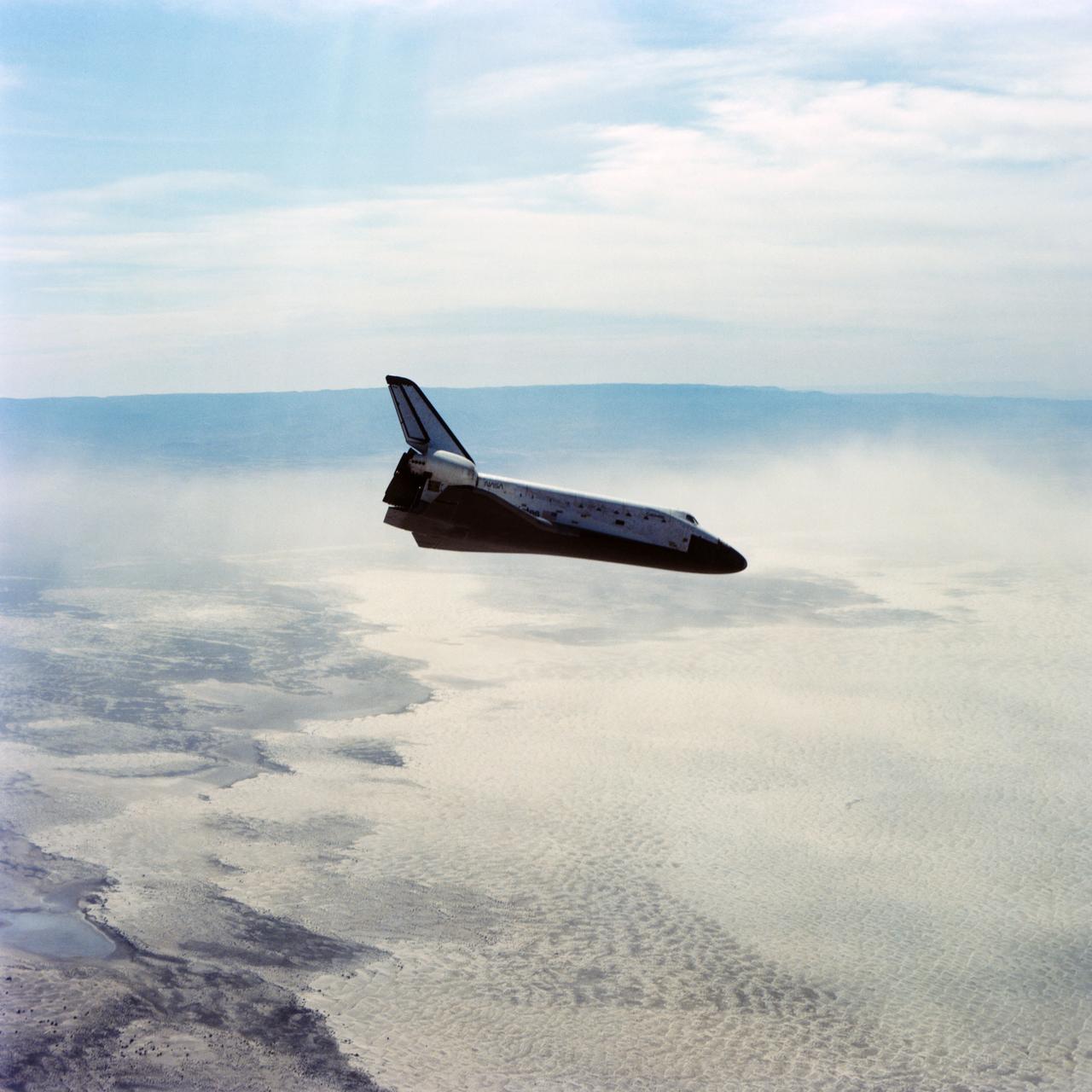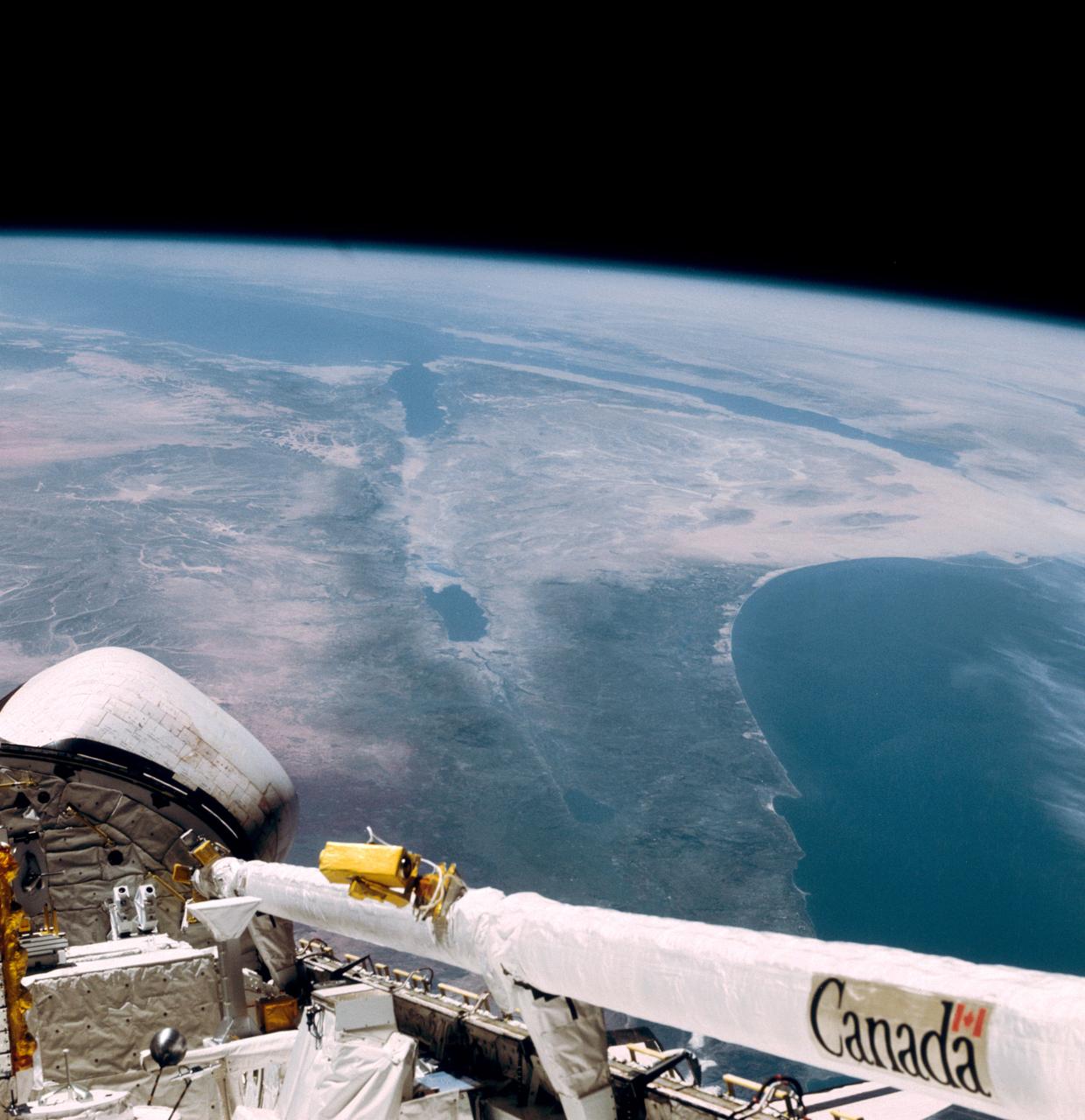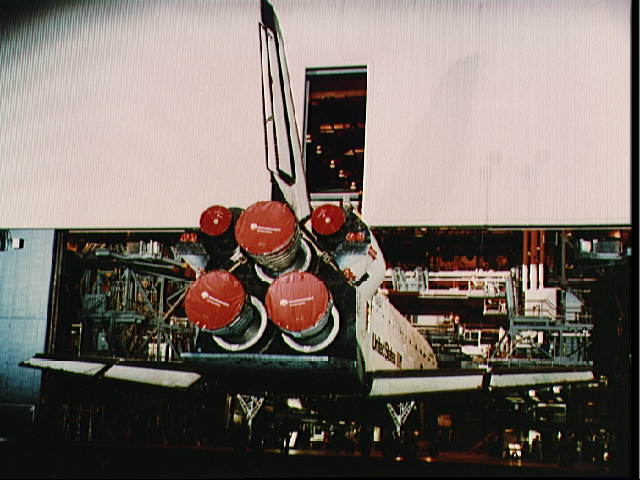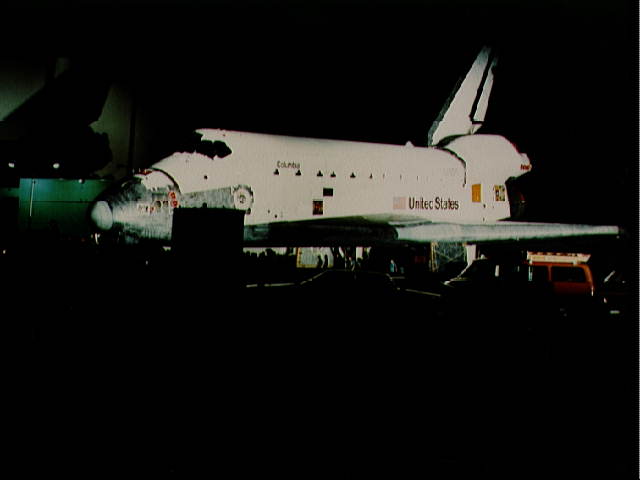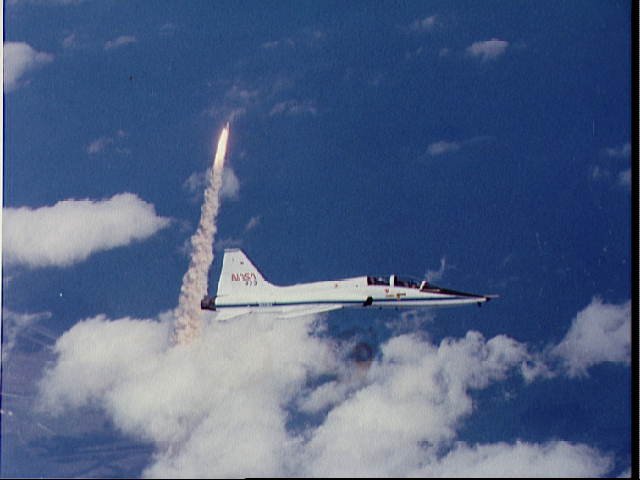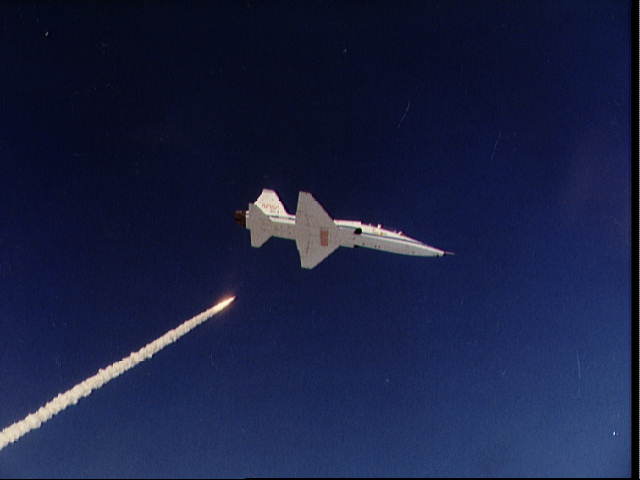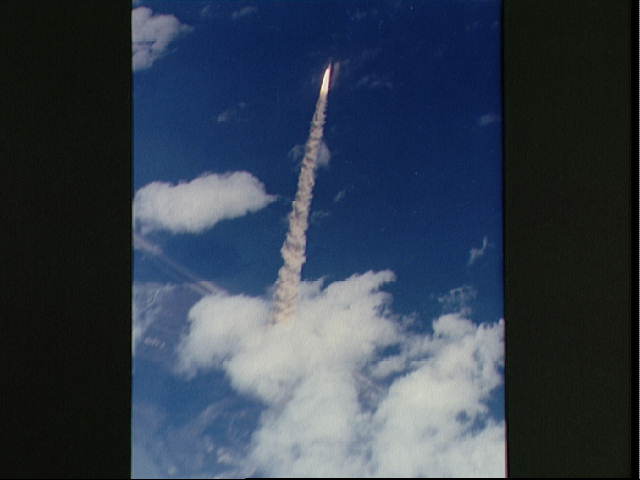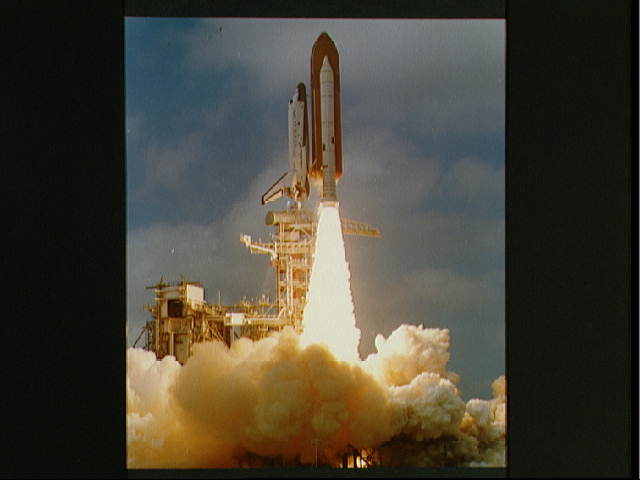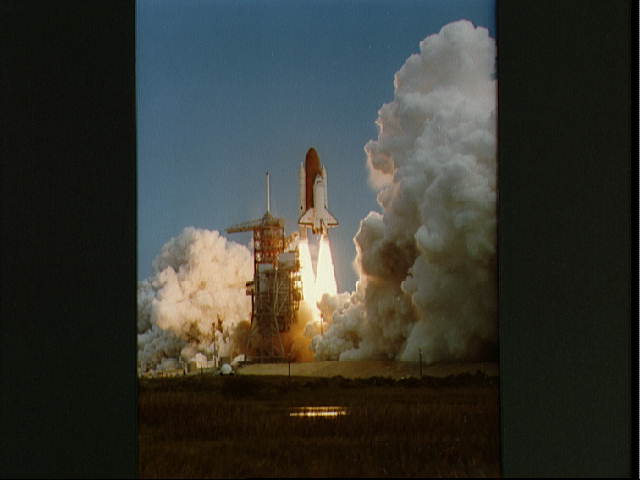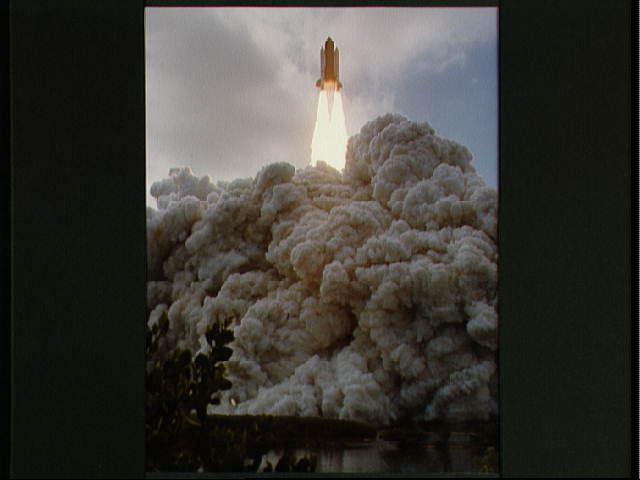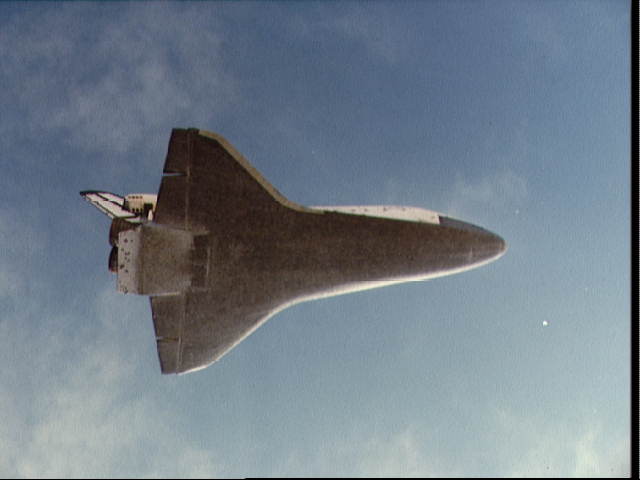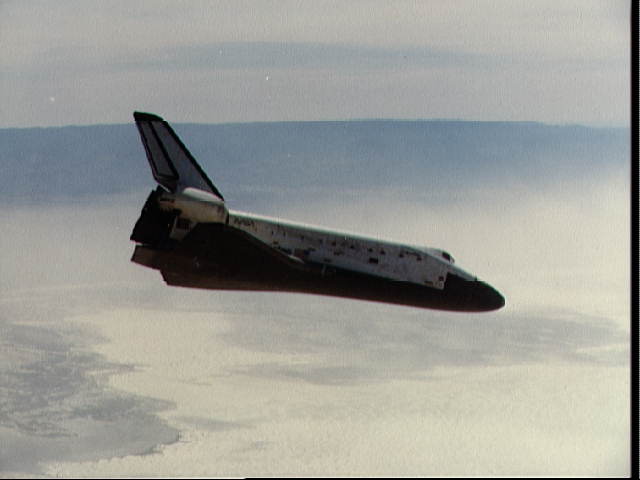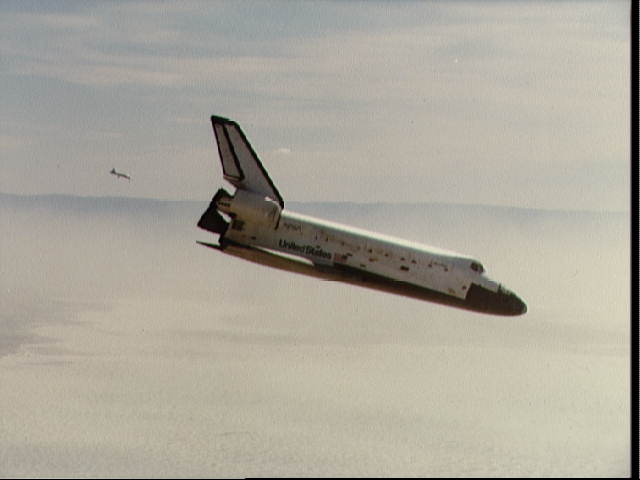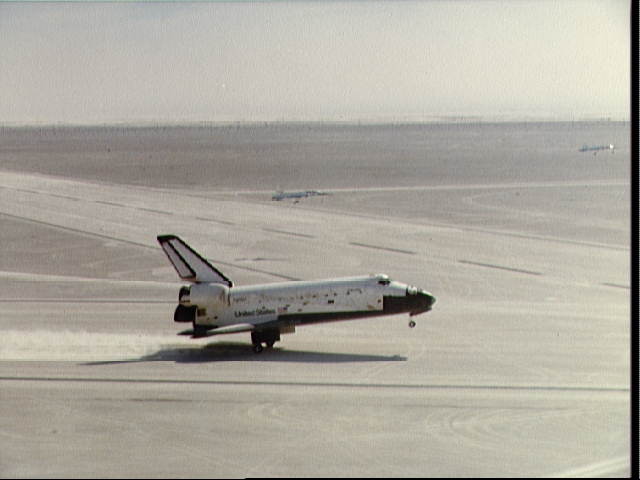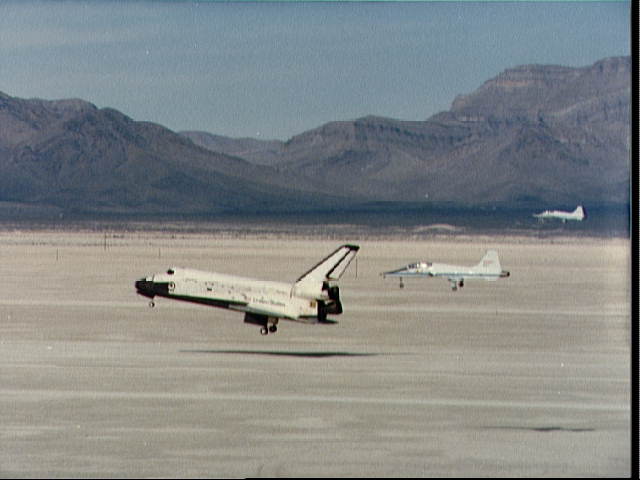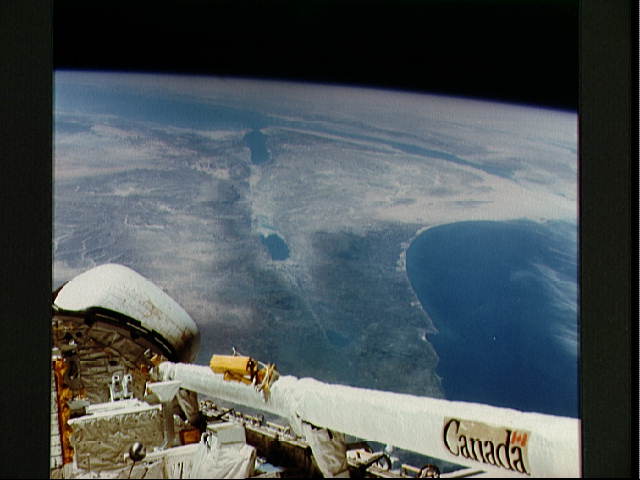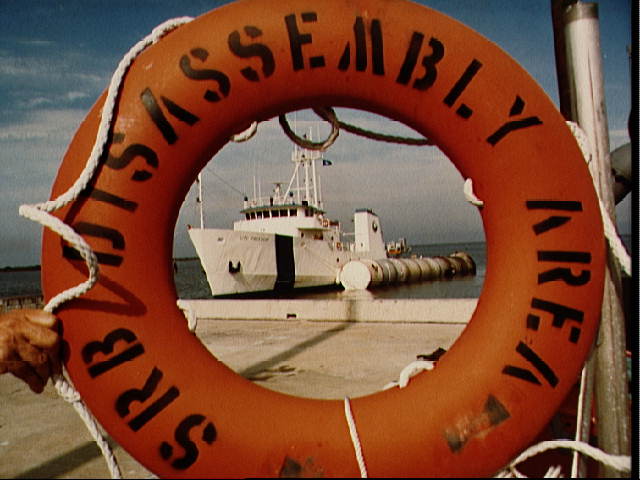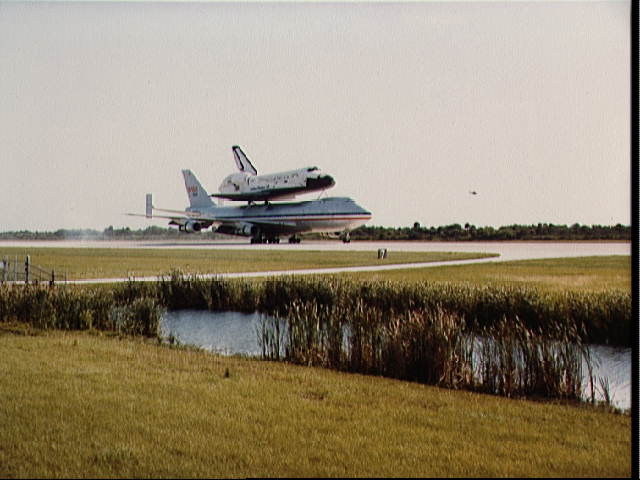STS-3 Fact Sheet
By Cliff Lethbridge

STS-3 — Columbia
3rd Space Shuttle Mission
3rd Flight of Columbia
Crew:
Jack R. Lousma, Commander
C. Gordon Fullerton, Pilot
Backup Crew:
Thomas K. Mattingly, Commander
Henry W. Hartsfield, Jr., Pilot
Note: Backup crews were no longer named after STS-3.
Orbiter Preparations:
Tow to Orbiter Processing Facility – November 26, 1981
Rollover to Vehicle Assembly Building – February 3, 1982
Rollout to Launch Pad 39A – February 16, 1982
Launch:
March 22, 1982 – 11:00:00 a.m. EST. Launch was delayed one hour due to the failure of a heater on a nitrogen gas ground support line.
Landing:
March 30, 1982 – 9:04:46 a.m. MST at Runway 17, Northrup Strip, White Sands, New Mexico. Rollout distance was 13,732 feet. Rollout time was 83 seconds. Mission duration was 8 days, 0 hours, 4 minutes, 46 seconds. Landing occurred during the 130th orbit.
The landing site was changed from Edwards Air Force Base, California to White Sands due to wet conditions at the dry lake landing site at Edwards. High winds at White Sands caused a one-day extension of the mission.
Some brake damage occurred at landing and a dust storm caused extensive damage and contamination to Columbia. This was the only mission to land at White Sands.
Mission Summary:
The third test flight of a Space Shuttle continued the task of validating the orbiter for future operational flights. Testing of the Shuttle’s remote manipulator arm progressed smoothly, as did experiments in thermal response of the orbiter at various positions relative to the sun.
In addition, a Get Away Special (GAS) test canister and Spacelab mounted Office of Space Science-1 (OSS-1) pallet were carried in the Shuttle’s payload bay. OSS-1 obtained data on the near-Earth space environment, including contamination introduced into space by the Shuttle itself.
Other experiments included the Monodisperse Latex Reactor (MLR), Electrophoresis Equipment Verification Test (EEVT), Heflex Bioengineering Test (HBT) and the first Shuttle Student Involvement Program (SSIP) experiment.
Problems encountered during the flight included space sickness, malfunctioning toilet, thermostat difficulty and unexplained static interfering with crew sleep. An auxiliary power unit registered overheating during ascent, but functioned properly during descent. Three communications links were lost during the flight.
SELECTED NASA PHOTOS FROM STS-3
